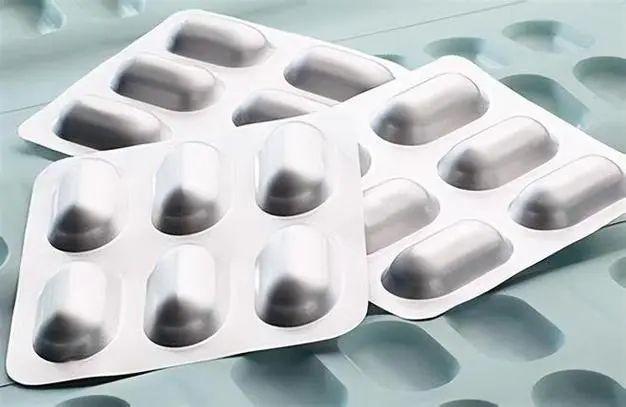How Advanced Aluminium Foil is Revolutionising Pharmaceutical Protection

In the world of pharmaceuticals, the package is far more than just a container; it is a critical component of the product itself. A medicine is only as effective as its delivery system allows it to be, making the choice of packaging material a paramount decision. For decades, aluminium foil has been the gold standard for protecting sensitive medications. But this isn't your average kitchen foil. Advanced pharmaceutical-grade aluminium foil is a high-tech, multi-layered marvel engineered to provide an unparalleled barrier against its greatest enemies: moisture, oxygen, light, and contamination.
The Engineering Behind Pharmaceutical-Grade Aluminium Foil
Pharmaceutical aluminium foil is typically a laminate structure, not a pure metal sheet. It commonly consists of a central aluminium layer that provides the core barrier function. This is bonded to other polymer films, such as polyester or nylon, which offer superior tensile strength, puncture resistance, and printability. The side that comes into contact with the medication is coated with a heat-seal lacquer, designed to bond securely to PVC, PP, or other blister pack materials without interacting with the drug formulation. This sophisticated construction allows manufacturers to tailor the foil's thickness, tensile strength, and seal integrity to the exact needs of the drug product, whether it's a standard tablet or a highly sensitive biologic.
Why Aluminium Foil Reigns Supreme in Blister Packaging
The blister pack, a combination of a formed plastic cavity and a lidding seal of aluminium foil, is the most common application for this material. Its superiority lies in its comprehensive protective qualities:
l Moisture and Oxygen Barrier: Even the tiniest amount of moisture can degrade active pharmaceutical ingredients (APIs), leading to reduced potency and shelf life. Aluminium foil provides a near-hermetic, 100% barrier against vapour and gases, something no plastic film can achieve on its own.
l Light Protection: Many APIs are photosensitive and degrade upon exposure to UV or even visible light. The opaqueness of aluminium foil offers complete light blockage, ensuring the drug's stability.
l Tamper-Evidence: Pushing a tablet through the foil backing provides clear, irreversible evidence of tampering, a crucial feature for patient safety and regulatory compliance.
Beyond Protection: The User-Centric Advantages
Modern advancements have also enhanced the user experience. "Easy-tear" or "peelable" foils are engineered to require minimal force for the elderly or those with limited dexterity to access their medication, while still maintaining child-resistant properties. Furthermore, the excellent surface of aluminium allows for high-quality printing of crucial information like product name, dosage, and expiry date directly onto the package, improving patient communication and adherence.
In conclusion, the role of aluminium foil in pharmaceuticals has evolved from a simple wrapper to a highly engineered, intelligent guardian. Its unique combination of absolute barrier properties, strength, and adaptability ensures that life-saving and life-enhancing medicines reach patients exactly as intended by the manufacturer—safe, stable, and effective.
- Art
- Causes
- Crafts
- Dance
- Drinks
- Film
- Fitness
- Food
- Oyunlar
- Gardening
- Health
- Home
- Literature
- Music
- Networking
- Other
- Party
- Religion
- Shopping
- Sports
- Theater
- Wellness


